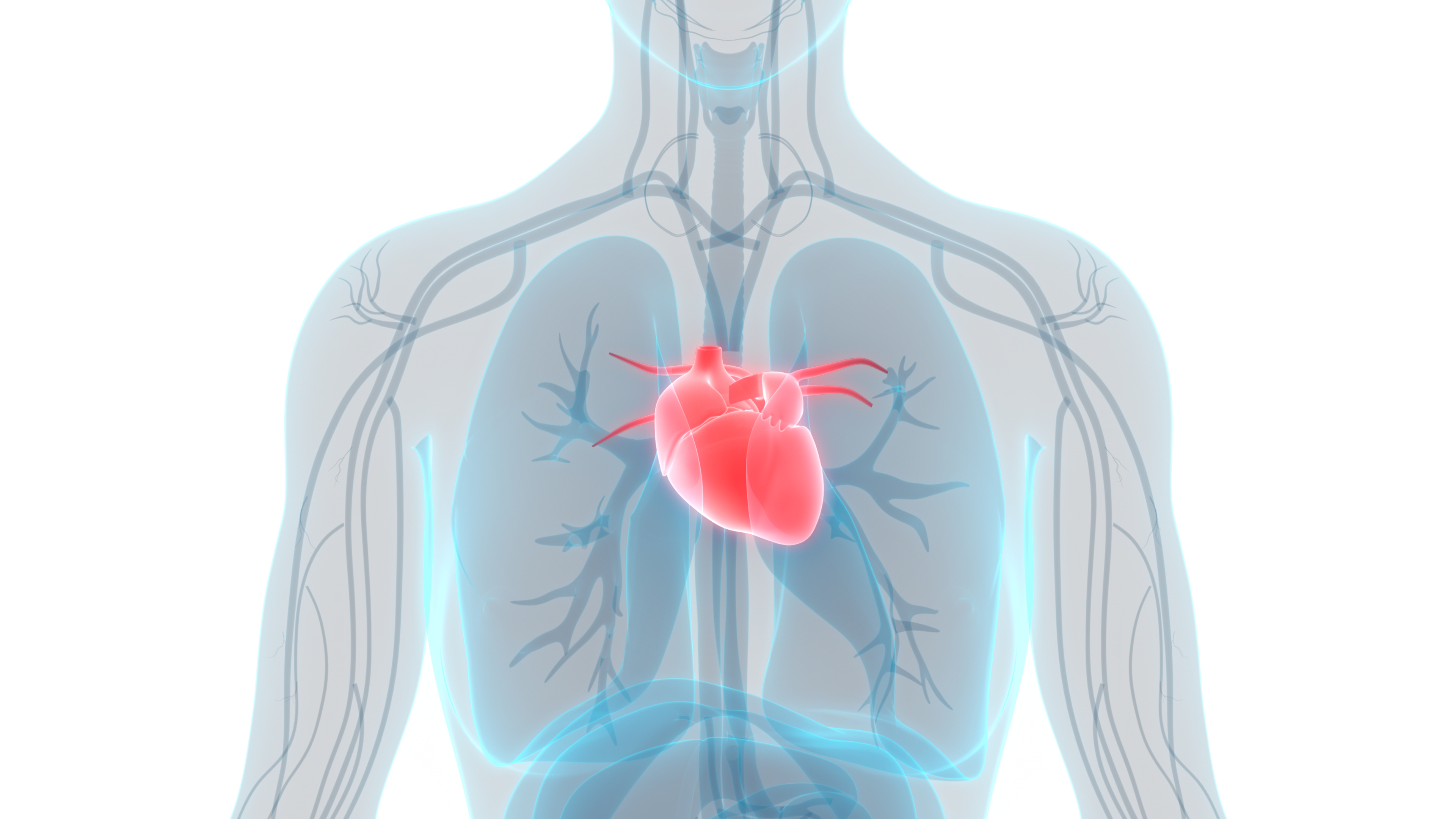teaser
The intention is to deliver a complete picture of current and future practice of treating aortic valve disease and to deliver reliable data on the short and long-term outcome of different treatment strategies. This specifically includes data about quality of life before and after treatment besides numerous medical variables.
Participation in the registry is on a voluntary basis, with 92 German centres (from a possible 99) actively taking part at present. The registry is planned to include patients up to 2015 and to gather a one, three and five-year follow up. It is expected that a total of about 80,000 patients will eventually be enrolled.
By July 2012 more than 26,000 patients were included, of whom 23% were TAVI patients. Current data include 15,252 patients treated in 2011 from 53 centres (when the registry was still in its run-in phase).
First results, presented yesterday at a press conference at the ESC Congress 2012 by Professor Friedrich-Wilhelm Mohr, Clinic Director of the Leipzig Heart Centre, Germany, show that participating centres generally adhered to current guidelines for patient selection; 85% of all TAVI patients were over 75 years and had a higher calculated peri-operative risk of mortality. The mean age of patients who received isolated elective and urgent conventional aortic valve replacement was 68.3 (±11.3) years, with a logistic EuroSCORE (log. ES) of 8.8% (±9.7%). TAVI patients were on average significantly older (transfemoral 81.0 [±6.1] years, transapical 80.3 [±6.1] years) and with a higher operative risk.
The reported in-hospital mortality for elective patients was 2.1% for conventional surgery, 5.1% for the transfemoral TAVI and 7.7% for the transapical approach. These numbers confirm the good results of recent studies and reflect the growing experience in treatment and perioperative management of aortic valve disease. The high procedural success of more than 97% and the low rate of valve-related reinterventions (less than 0.5%) are also indicative of the latest improvements.
Stratification of the patients into risk groups revealed a particular benefit for people with high (log. ES >20%) and very high (log. ES >30%) risk when treated transfemorally, with mortality rates of 4.7% and 7.7%, respectively.
Consistent with earlier observations, the overall number of cerebrovascular events during hospital stay was low in the conventionally treated group (2.2%) and somewhat higher for TAVI patients (transfemoral 3.7%, transapical 3.5%). The rate of vascular complications was reported as 11.9% for the transfemoral, 2.5% for the transapical and 1.0% for the conventional group. However, the number of patients who needed more than two units of packed red blood cells was 29.4% in conventional surgery and 25.4% with the transapical, but only 11.5% with the transfemoral approach.
The number of postoperatively new pacemaker implants was 23.7% in the transfemoral group – significantly higher than in the transapical (9.9%) and in the conventional surgical groups (4.6%).
Commenting on the results, Professor Mohr said: “From these first data it can be concluded that the patients in the participating German centres were treated according to the guidelines, which led to low in-hospital mortality in all groups as compared to former surveys. Patients in high risk groups benefit at least as much from TAVI procedures as from conventional surgery, particularly when performed transfemorally.
“Post-procedural rates of cerebrovascular events, vascular complications, renal failure and blood transfusions have decreased but need further attention. The high number of patients in the register will allow for thorough risk factor analysis for these complications. Additional long-term follow-up is to evaluate the high number of pacemaker implants as well as residual aortic regurgitation in the TAVI group. The German aortic valve registry was especially designed to make an important contribution to the ongoing discussion on these subjects. With the help of subgroup analyses and stratification for risk factors, we also expect to detect which treatment is best for which patient.”
GARY was inaugurated by the German Society of Cardiology and the German Society for Thoracic and Cardiovascular Surgery because of the remarkable growing numbers of TAVI over the past few years. It is supported by the German Heart Foundation and receives unrestricted grants from the heart valve manufacturing industry.
Reference
- Introduced as recently as 2002, TAVI has been taken up with unprecedented enthusiasm. Offering for the first time a catheter-based treatment for non-surgical and high-risk patients with valve disease (such as aortic stenosis), TAVI has been rapidly adopted in Europe, and especially in Germany, despite the absence of data from large patient populations or randomized trials.

